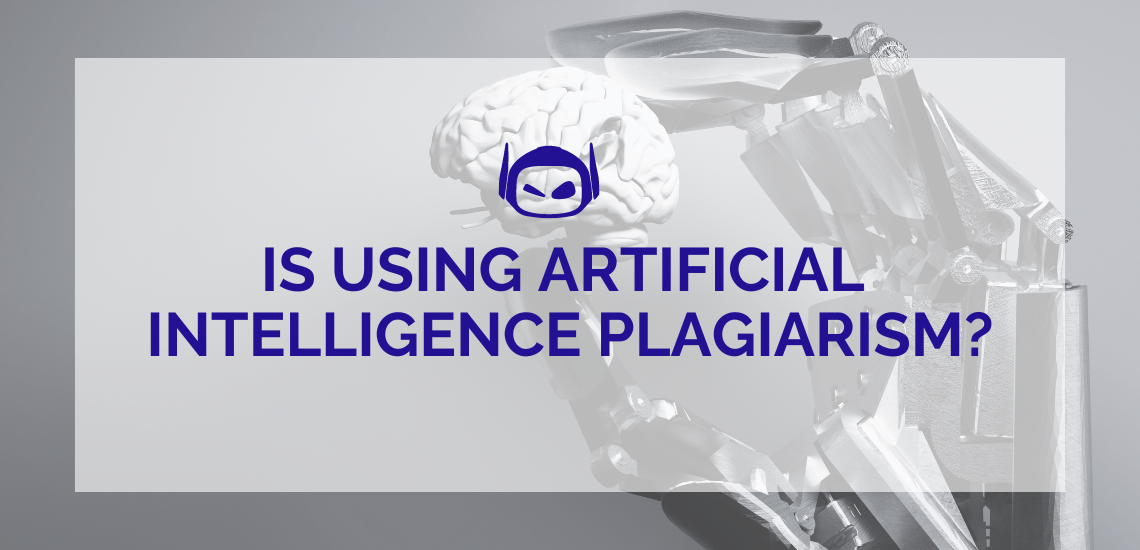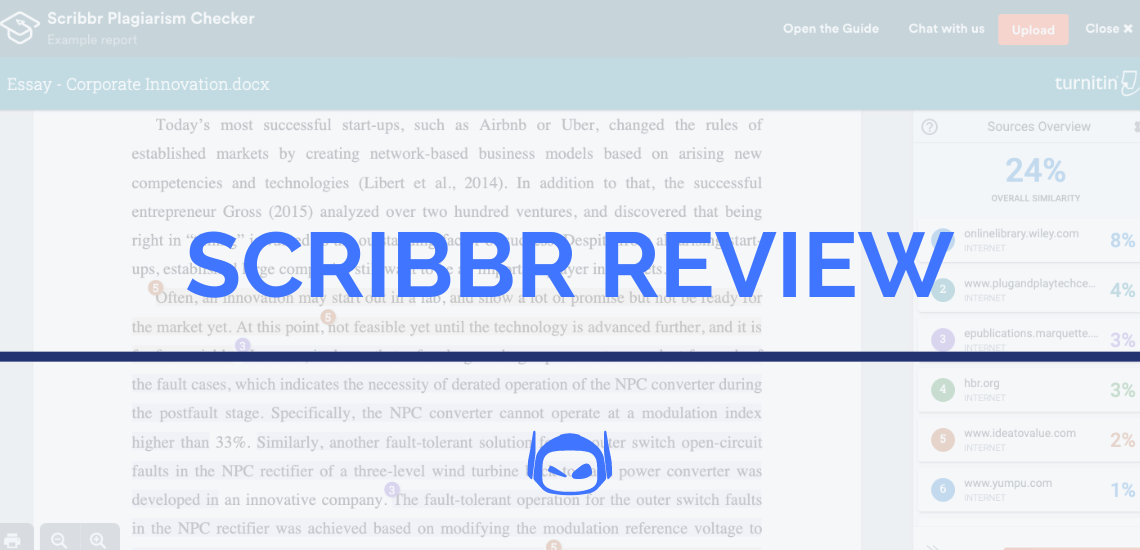
General Guide About Content and Writing
Do you feel like teachers are overwhelmed by the sheer...

AI text generation technology is developing at a rapid pace....

General Guide About Content and Writing
Do you want to know how AI affects education to...

AI copywriting tools are used by millions worldwide. Some copywriters...

General Guide About Content and Writing
How often have you mixed up the three words “ensure,...

General Guide About Content and Writing
It’s easy to use the wrong spelling with so many...

General Guide About Content and Writing
Want to compare Copysmith vs Jasper, but are unsure of...

General Guide About Content and Writing
Artificial intelligence has revolutionized content creation. So many generative AI...

Are you looking for a Scribbr review that you can...

General Guide About Content and Writing
Do you want to know how does something get flagged...